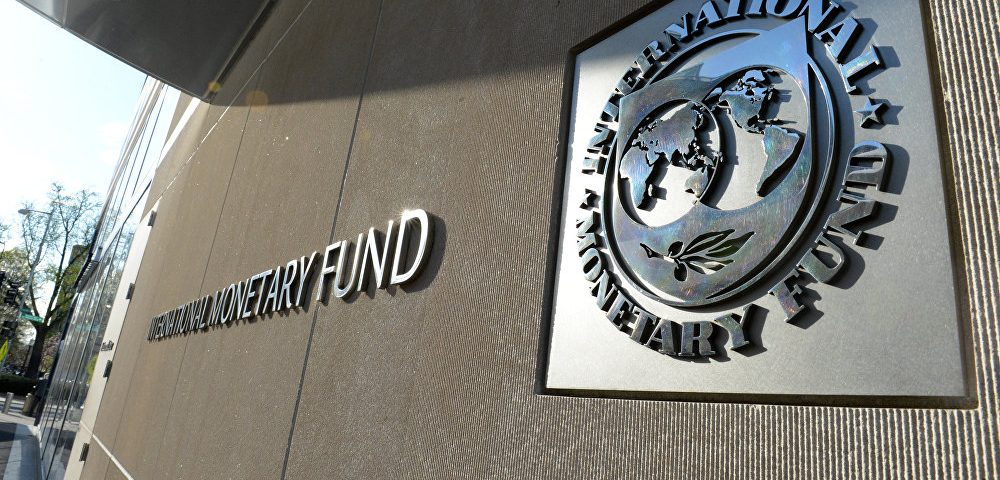World Update: IMF, France seal $2.9b deal for low income countries

Article Update: Investors list ways to curb rising unclaimed dividends
February 26, 2018
Africa Update: Sky’s the limit as Africa makes major move towards aviation single market
February 26, 2018
The low income economies, mostly dominated by Sub-Saharan African countries, may be in for another debt treat as the International Monetary Fund (IMF) and French central bank (Banque de France) sealed a $2.9 billion deal for loan support under the Poverty Reduction and Growth Trust (PRGT) programme.
IMF, as a Trustee of PRGT, and the Banque de France signed the borrowing agreement, in which France will provide the new loan resources targeted at the Fund’s low-income member countries.
For the current 2018 fiscal year, low-income economies are those with Gross National Income per capita, calculated using the World Bank Atlas method, of $1,005 or less in 2016; while the lower middle-income economies are those with a GNI per capita between $1,006 and $3,955.
Nigeria, though listed among the Lower Middle Income economies, which is a step above low income countries, is still reeling under the shocks associated with crude oil price crisis, low tax base and huge debt service bill.
The agreement, made effective since February 1, 2018, is France’s sixth loan contribution to the PRGT and puts France among the largest contributors to have provided new loan resources under the current fund-raising campaign to increase resources available for concessional lending.
IMF’s Managing Director, Christine Lagarde, launched this campaign in November 2015 with a target of raising SDR 11 billion (about $16 billion) in new bilateral loan resources. She noted that France’s continued support of the PRGT in loan resources for the IMF’s low-income member countries is a critical element towards sustaining the Fund’s concessional lending operations over the medium-term.
To strengthen its support for low-income countries and meet their demand for financing, IMF reformed its concessional lending facilities in 2010 and by September 2012, it has also adopted a strategy to establish long-term concessional lending capacity of about $2 billion a year on average, financed, in part, by the use of resources linked to windfall profits from gold sales.
Earlier in July 2009, IMF had agreed on reforms to tailor its concessional lending facilities to the changing needs of low income countries and approved a new concessional financing framework that transformed PRGF-ESF Trust to PRGT.
In September 2012, IMF approved a strategy to establish the PRGT as financially self sustaining in the longer term, under three pillars- a base annual average lending capacity of about $2 billion; contingent measures activated when average financing needs exceed the base envelope by a substantial margin for an extended period; and the expectation that future modifications to low income countries facilities would also support self-sustainability.

